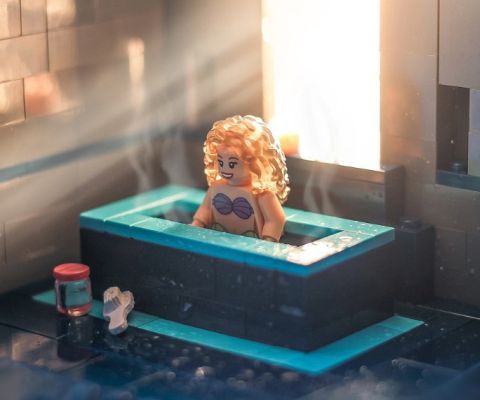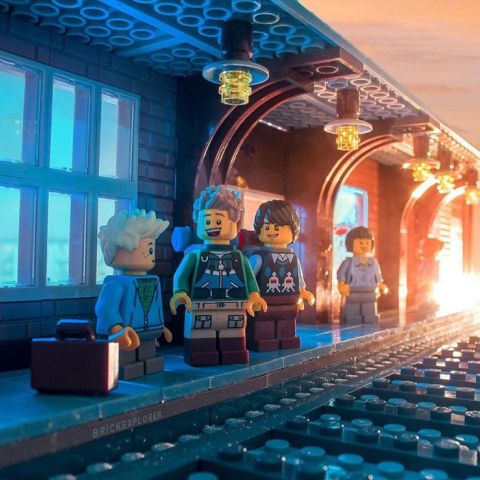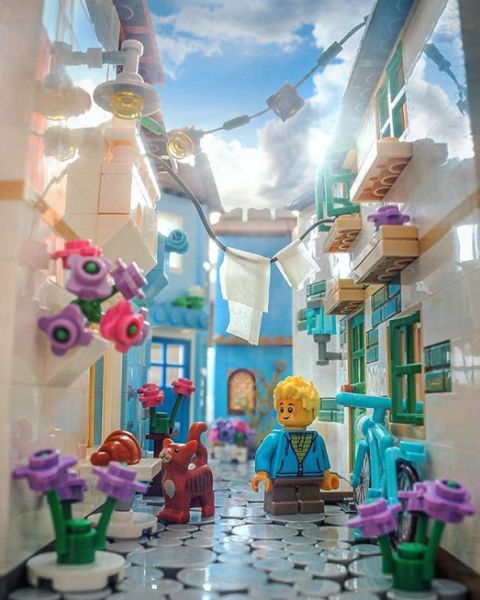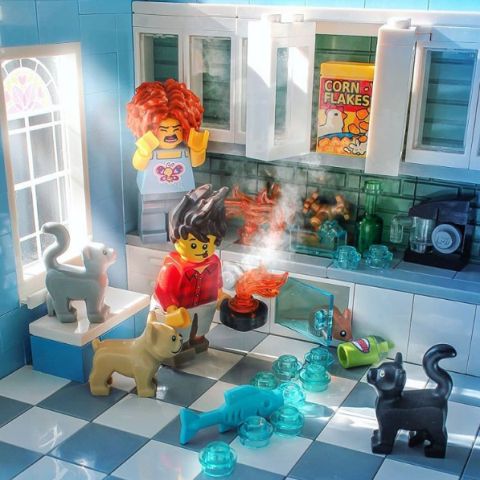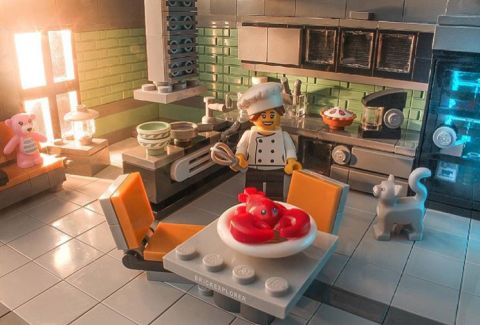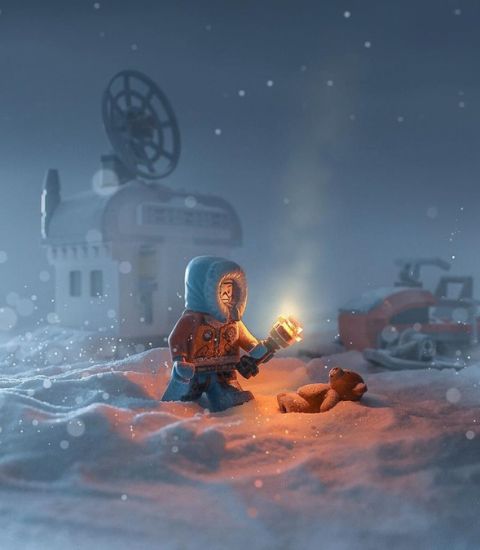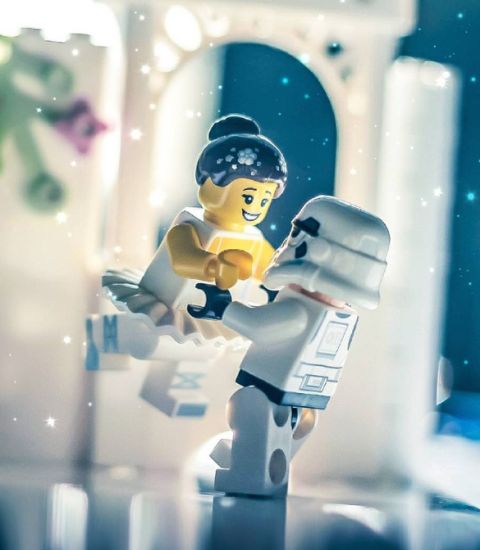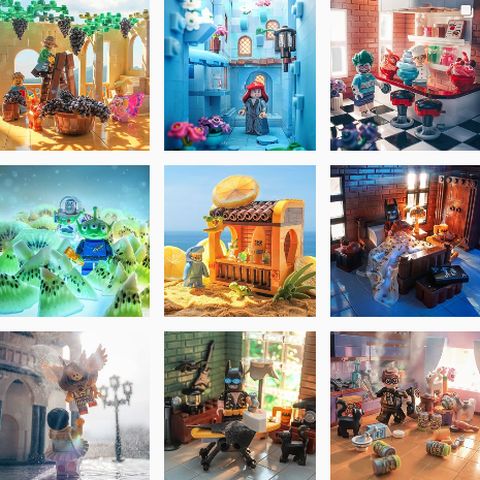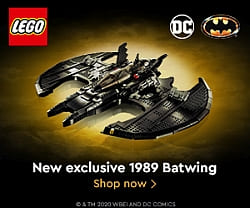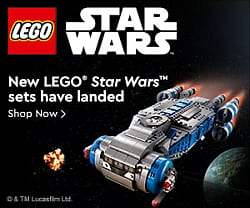Just about a year ago, The Brick Show – the popular YouTube channel for LEGO fans – teamed up with two very creative LEGO builders to share some of their custom creations. Tyler Clites (Legohaulic on flickr) and Sean Mayo (Siercon & Coral on flickr) are well-known in the LEGO fan community, and we have featured their creations here many times as well. Tyler has been particularly active on The Brick Show’s YouTube channel, discussing some of his fantastic custom models, sharing tips and tricks, and even full instructions on how to build them (see links to previous articles at the end of this post). Due to the number of requests for PDF instructions, The Brick Show eventually set up an online shop where these creative builders can easily share custom instructions for their most popular models.

Build Better Bricks is set up as a simple and secure online shop, where you can download instructions for some excellent custom LEGO models. Most of the instructions are for original custom builds, and there are also instructions for alternate models for official LEGO sets, and even some small custom kits with both parts and instructions included.

You can get instructions for everything from brick-built lightsabers, brick-built Star Wars, Super Heroes, and Nintendo characters, character busts, beautifully designed Lord of the Rings, Harry Potter, Pirates of the Caribbean, and other creations, Christmas ornaments and other seasonal models, and more. I particularly like the miniature Pirates of the Caribbean ships, including the Queen Anne, the Black Pearl, the Flying Dutchman, and the Silent Mary. And I also really like the adorable brick-built Groot (see further below) and other brick-built characters.

Most of the instructions run between $2-$5, with some of the larger models up to $10. The prices are very reasonable for high quality and carefully prepared custom instructions and in line with what I have seen charged by other designers. Build Better Bricks also offers some of their instructions in bundles for an even better price, and they run regular sales as well. Some instructions are also available free, either as downloadable PDFs or as video tutorials. Those are good ones to check if you just want to try out the service.

To download free or purchased instructions, you need to register at BuildBetterBricks.com, place the instructions you want in your cart, and check out. You will receive an email with a link to download instructions. The download file includes simple-to-follow full-color instructions and parts-list in PDF format (see sample pages below), and a Stud.io file for easy uploading to BrickLink.com to make ordering parts a breeze.


When you get building instructions from other LEGO fans, one concern is always how much it would cost to build the actual model. Of course, it really helps if you already have a decent size LEGO collection for sourcing the needed parts, but if you are missing some pieces (or even all the pieces), BrickLink.com – the largest online LEGO marketplace – is the place to go. As we discussed previously (see links at the end of this post), Stud-io is BrickLink’s own free LEGO digital designer software, fully integrated with the BrickLink marketplace. Stud.io allows you to not just design LEGO models (similar to LEGO’s own digital designer), but also to easily check the price and purchase the parts you need. The Build Better Bricks designers take care to make sure they are not using unusually expensive parts, and that the average price-per-piece ratio remains around 10 cents (you can read more about this at their FAQ page).

Building high-quality custom LEGO models is a great way to expand the LEGO hobby. It exposes you to designs and techniques you may not find in official LEGO sets. LEGO fans also often go much further in working out every little detail to be just perfect compared to what LEGO’s own designers can do within set budgets, timelines, etc. An excellent example is Tyler’s greatly enhanced Guardians of the Galaxy Milano spaceship, which takes LEGO’s version of the Milano to a whole new level.
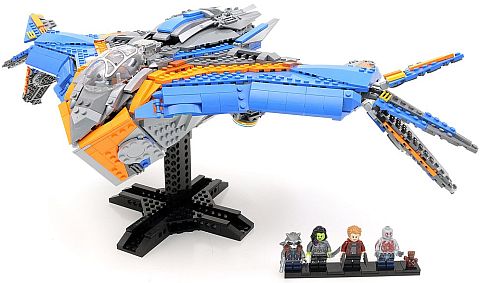
Custom LEGO models also make interesting and unique gifts for a LEGO fan who would like something that is not available in an official LEGO set. As both Tyler and Sean have very positive reputation within the LEGO fan community, and their models are of excellent quality, Build Better Bricks is a great place to try out custom LEGO builds you can trust and have a good experience with. Also, since Build Better Bricks only provides digital instructions, they never run out of stock, and they can deliver globally.
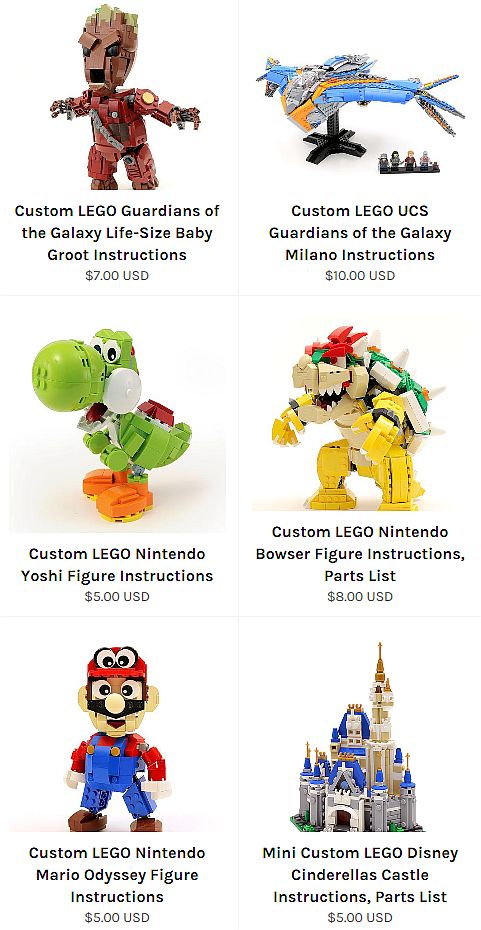
So, if you are looking for something unique to build, check out BuildBetterBricks.com for some fun custom LEGO models. And, if you have already built some of them, feel free to share your thoughts and review in the comment section below!
And you might also like to check out the following related posts:



